Over the course of the last six months, Kiana Hayeri and Mélissa Cornet traveled to seven provinces in Afghanistan to investigate the conditions imposed on women and girls by the Taliban, which, according to Amnesty International’s research, could constitute a possible crime against humanity of gender-based persecution. They met with more than 100 women and girls, barred from going to school, forced to stay at home, women journalists and activists continuing to fight for their rights, mothers watching with horror as history repeats itself for their daughters, as well as LGBTQI+ individuals.
Kiana Hayeri and Melissa Cornet documented how the Taliban, allowed by a deeply patriarchal society, have systematically erased women from society, taking away their most basic rights: to go to school, to university, to work, to travel, to dress as they wish, to go to public baths, to parks, or even to the beauty salon. In late August 2024, the Taliban regime further tightened its control by enacting a new law requiring women to fully cover their faces with a mask and prohibiting them from having their voices heard in public, including singing, reciting, or reading aloud.
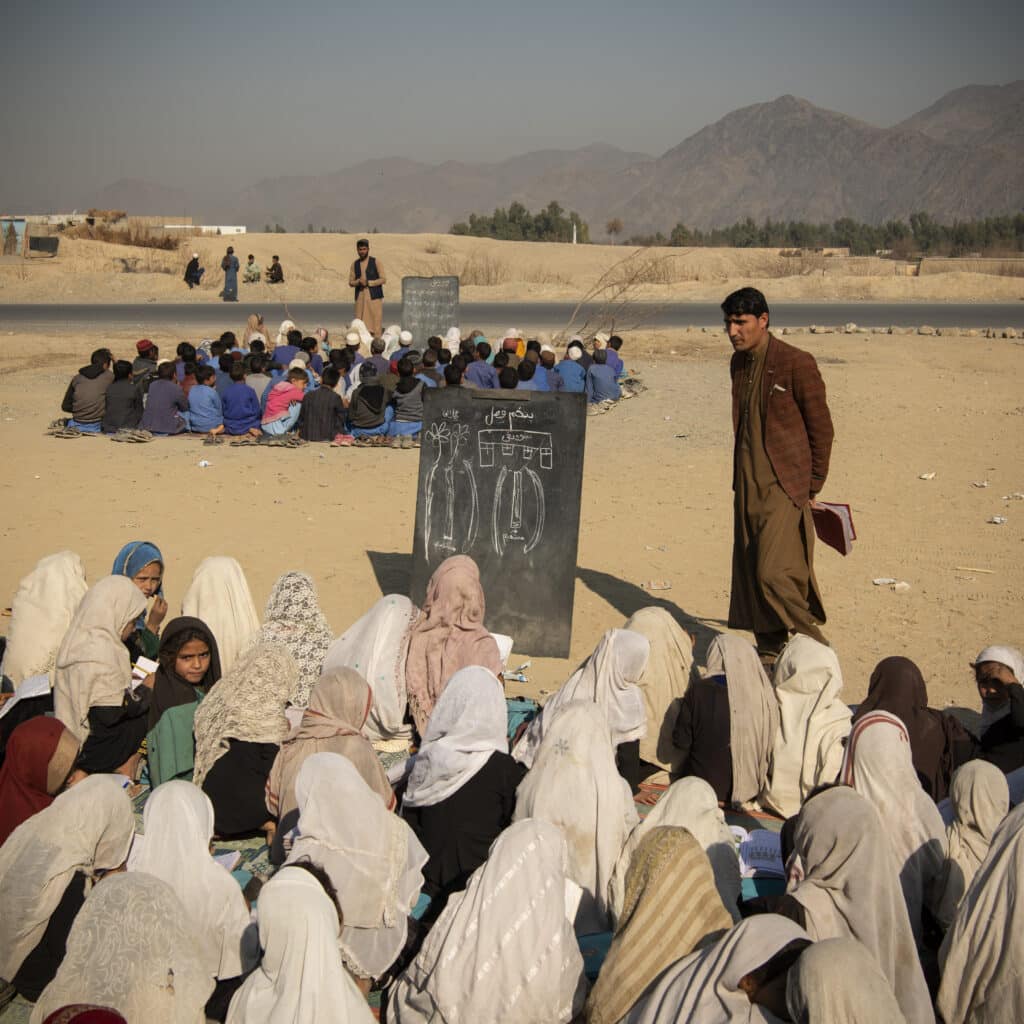
The starkest change that Kiana Hayeri and Mélissa Cornet noted since August 2021 was the general loss of hope among women that things might improve for them, as dreams of having an education and becoming members of society were shattered before them, becoming the primary victims of recurring economic and food crises, and a health system that has all but collapsed. In the words of one women’s rights activist, who has since left the country, seeing no future for herself in Afghanistan: “We have forgotten joy, we don’t know from where any can be found. I’ve lost all motivation. I cry alone, hidden. It’s as if someone has locked me in a room and won’t let me outside. Even food has no taste.”
Last week and following the 2024 Olympic Games in Paris, another activist and athlete, Afghan taekwondoist Marzieh Hamidi made headlines in the press after receiving death threats for denouncing the Taliban’s obscurantism. A refugee in France for three years and living under police protection, she filed a complaint on for repeated rape and death threats, cyber-stalking and malicious phone calls. “My life is in danger, I can’t stay at home”, she said in several interviews with French media. Her phone number has found its way into the hands of several people harassing her. She has received “3,000 calls” from people telling her: “We’re going to kill you, we’re going to rape you, you can’t represent Afghan women”. The calls came from Pakistan, Iran, Afghanistan, France, Germany, and many European countries. “How many women have to be killed by the Taliban for the world to recognize gender apartheid as a crime?,” she added.
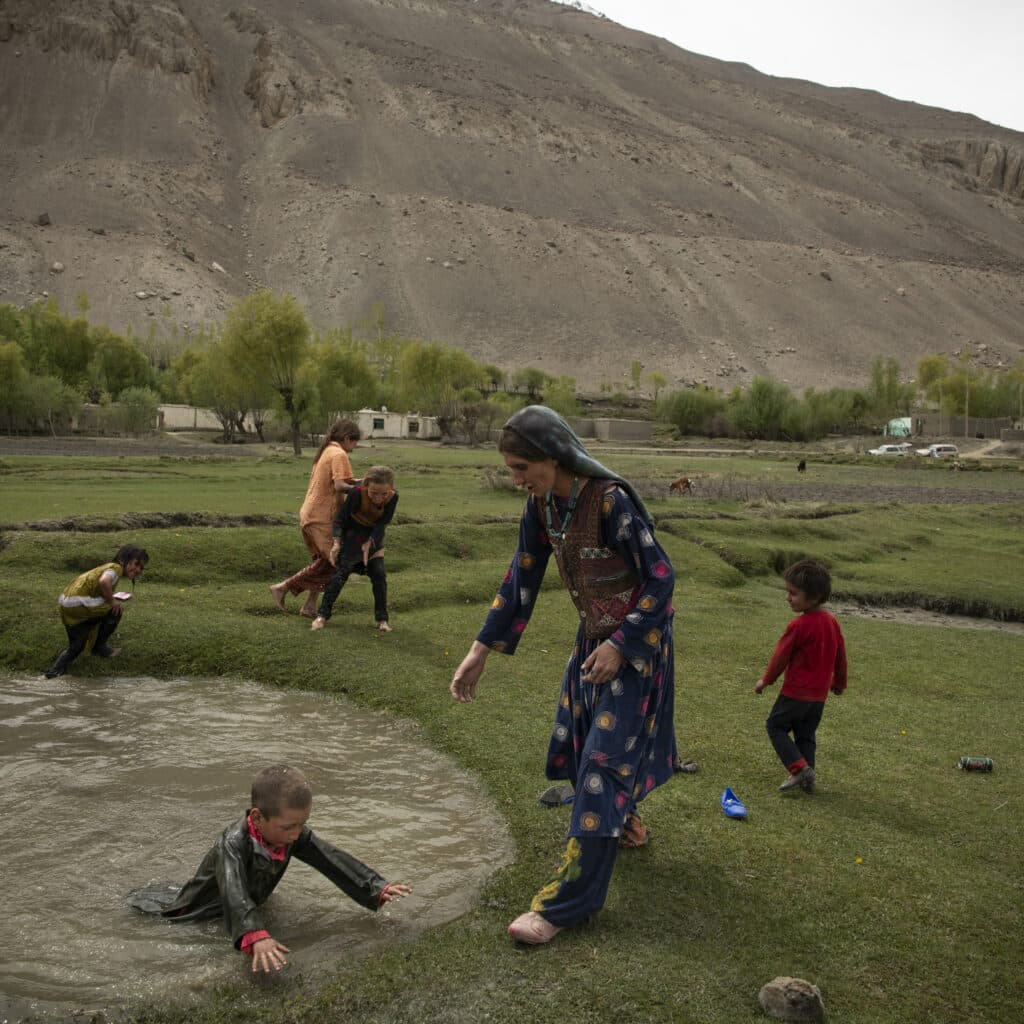
For Blind, Kiana Hayeri and Melissa Cornet, the two laureates of the Carmignac Photojournalism Award, give a poignant account of the situation in Afghanistan.
In Afghanistan today, how does the persecution of women and girls manifest itself?
By the erasure of women : over the past three years, they have gradually been removed from most aspects of life: barred from entering parks, public and governmental offices, public baths, gyms, forced to cover from head to toe, prevented from speaking in public…
What striking visions or scenes have you witnessed that best illustrate this phenomenon?
We met two sisters, Razia (17) and Zahra (14). Razia survived an ISIS suicide attack on her school, a short few months before Taliban came back into power. She walked away alive but severely wounded and unable to walk. While still bound to a wheelchair, Razia continued her studies and regained control of her legs. Even after the Taliban’s return, Razia continued her studies at an underground school and with every obstacle the new Islamic Emirates put in front of her, she refused to give in and quit her studies. On the other hand, her younger sister, Zahra (14) lost hope. Quit school and her studies on the first day school’s door were shut on the girls above sixth grade and stayed home. She’s barely left the house five times in the span of two years, including one time to commemorate the ISIS attack her older sister lived through. While Zahra and Razia were in conversation in front of us, the gap in their mental health and their motivation level was evident. “Razia was compelled to go and study but I lost my interest in studying. I thought it was useless to study in this situation.” Zahra told us while fidgeting with her fingers. This is not a dramatic scene yet it encompasses the future: the younger generation might not see the point in fighting through going to school, since they can’t graduate, can’t go to university, can’t work in most fields. The contrast between the two sisters stuck with us.
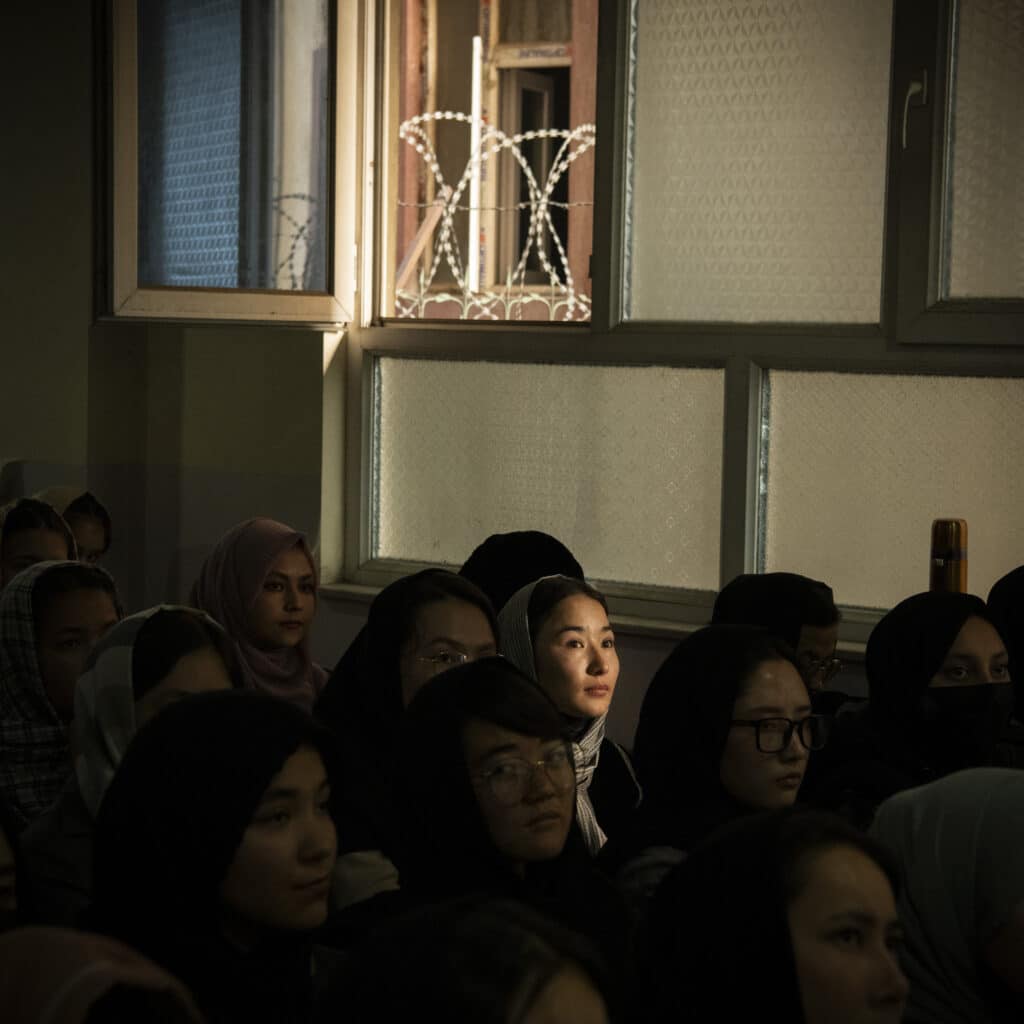
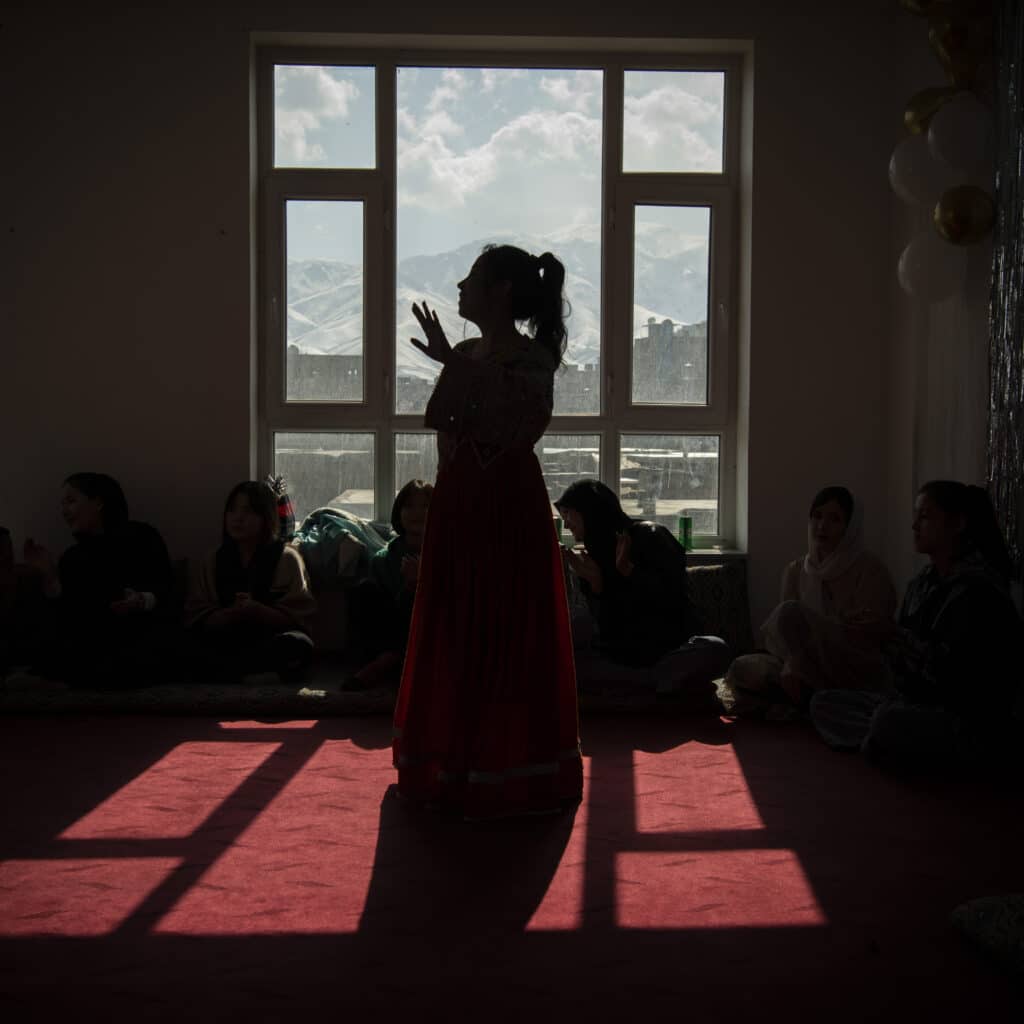
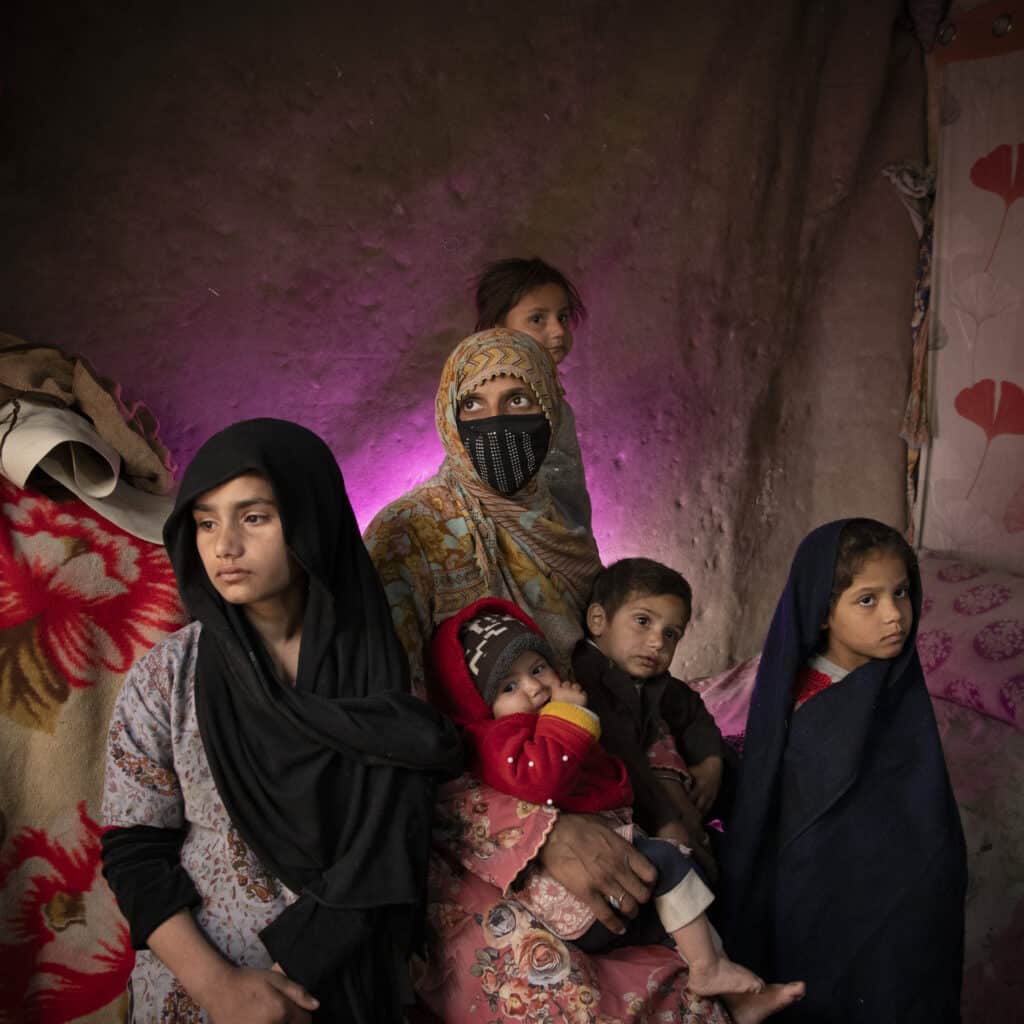
You’ve met some of the women who suffer from this condition. Can you tell us about the experiences of some of them?
Every single woman we met is affected in one way or another by the Taliban rules. It is important to highlight that for some women, who previously lived under Taliban controlled areas, not much has changed since they officially came back to power but for most women, their lives have drastically changed. We met 14 year old Muska, who was sold into marriage by her parents in return for a well and solar panels. Like Tahmeena, a brilliant future doctor, now stuck at home and looking to leave the country to finish her studies. Like Soraya*, 28, arrested and beaten by the Taliban for her activism, and released to find her husband had a heart attack because of her arrest. Like Fatemah, 2 and a half years old, 5kg, admitted for the third time in a malnutrition ward because her family struggles to feed themselves. We met more than 100 women and girls, each affected in her own way by the Taliban restrictions and by the economic crises.
(*the person’s name was changed for security reasons)
How do they resist Taliban oppression?
Resistance is a relative term and it changes forms and shape according to their environment. In Afghanistan where women are stripped away from their rights and their space in the society on a daily basis, those who are carving out spaces for themselves to exist, are performing an act of resistance in a way. We met with young women who continue to show up to work (for those who can still work) despite the growing barriers against them, young women engaging in a snowball fight, teenagers gathering for an afternoon to celebrate a friend’s birthday with music and dancing in their sparkling dresses and we met female activists who continue to raise their voices and raise awareness online or underground, given the harshness of the repression against them. Their resistance is their refusal to give in to the Taliban’s attempts to deny their humanity and their existence.
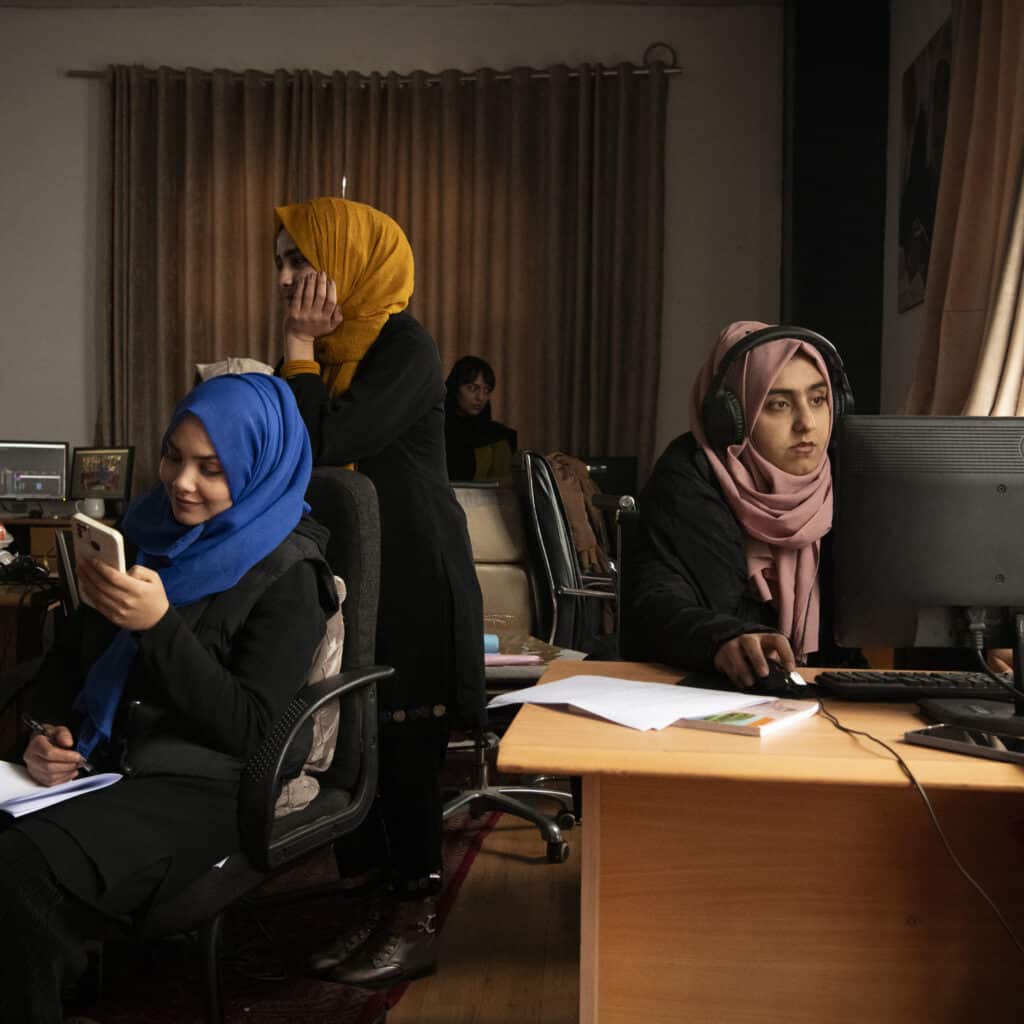
How have you been able to carry out your work under the current conditions?
We’ve had to work under difficult circumstances, and the security of the women we met was central to us and the safety of our local colleagues were secondary. This means every single communication and meeting was the result of a case-by-case assessment of what is the safest. We regularly assessed the risks and occasionally had to cancel or postpone our meetings.We also made sure that every woman is comfortable with the level of anonymity, if any, in their photos.
Were you threatened or did you feel unsafe doing your work?
We have been living and working in Afghanistan long enough to know our way around the country and know how to avoid situations that can put us in danger. That being said, the shadow on intelligence service and the eyes and ears they have planted within the society was one big reason to keep us on our toes all the time. We found ourselves in a few uncomfortable situations where we had to check in with the team and make sure everyone was on board with the way we responded to the threat.
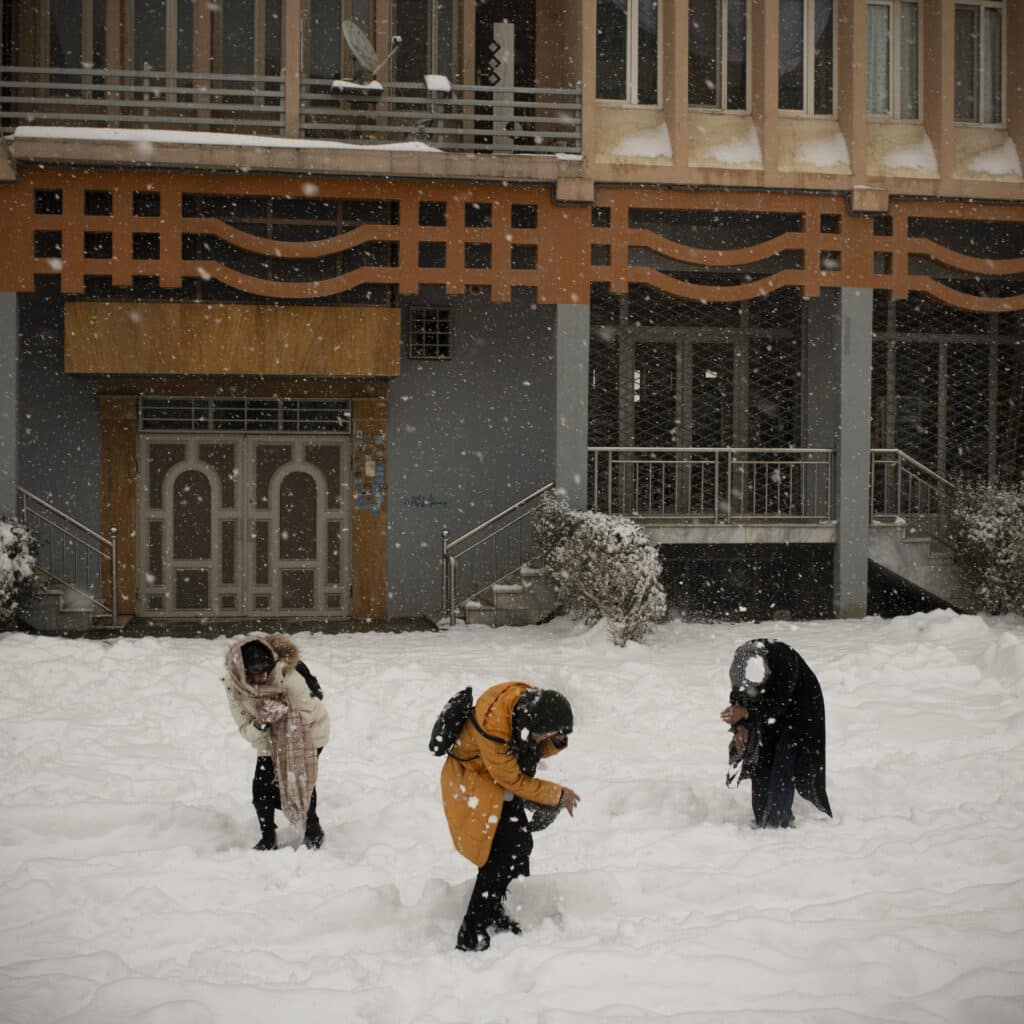
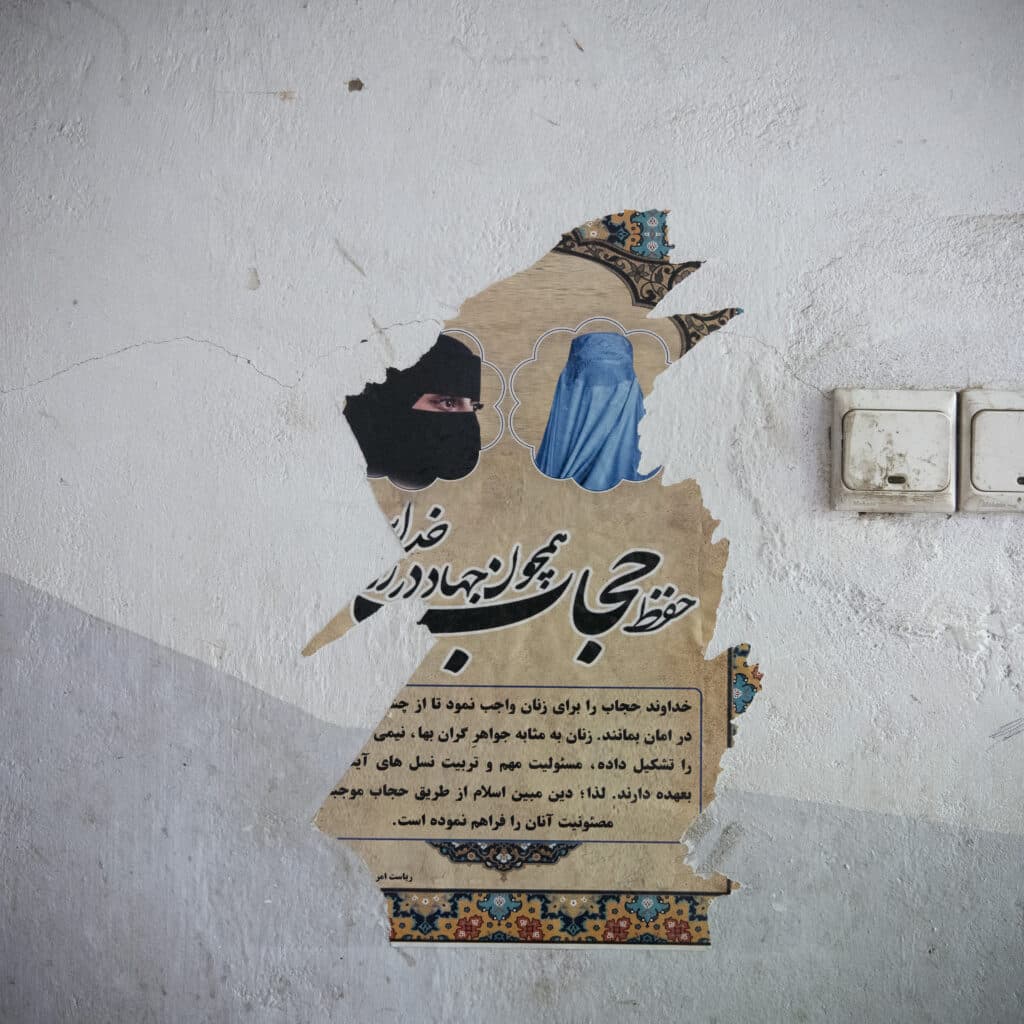
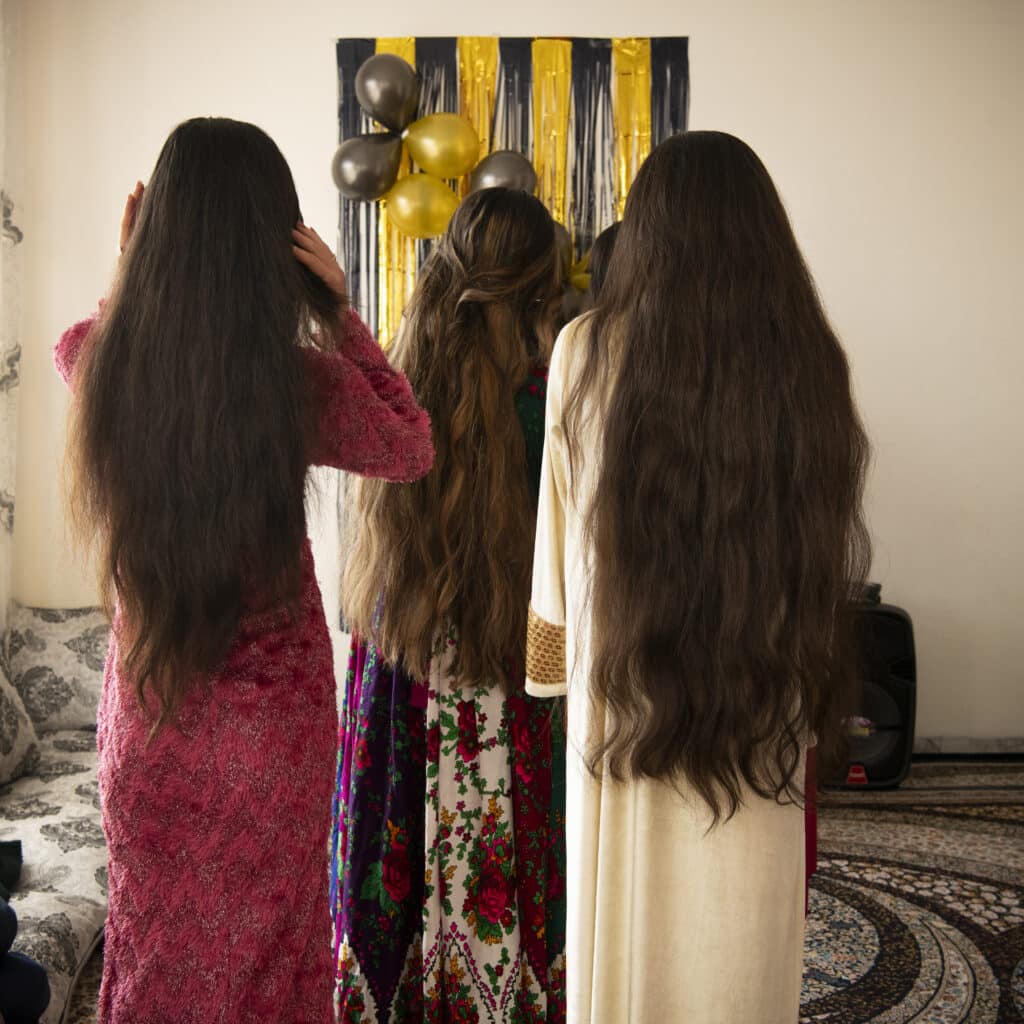
What can the international community do in the face of such horror?
The international community walked away from Afghanistan, abandoning the same Afghan women they used as an excuse to intervene in 2001, knowing well what was awaiting them at the hands of the Taliban. They all, we all, bear a huge responsibility towards Afghan women. Governments should make women’s rights the centre of their engagement with the Taliban. They should listen to Afghan women, integrate them in discussions about Afghanistan. We also have to open our doors to women who want to leave Afghanistan, making sure they can do so in a safe way, and help them integrate and rebuild their lives. Much more needs to be done.
“No Woman’s Land”, Kiana Hayeri and Melissa Cornet’s exhibition about the Battle for Women’s Rights in Afghanistan will be on view at Réfectoire des Cordeliers and Port de Solférino, in Paris, from October 25 to November 18, 2024 as part of the PhotoSaintGermain festival.


